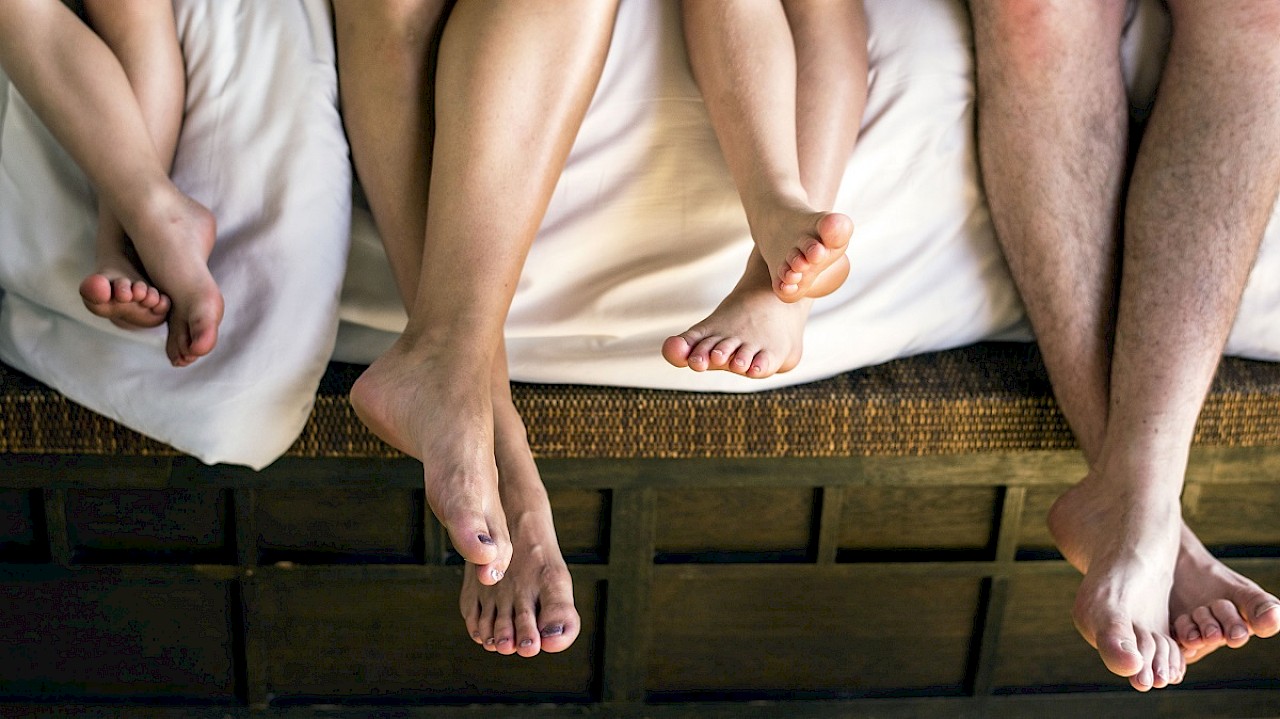September 2018
More than 30 million Americans live with diabetes, a chronic disease that affects how your body turns food into energy. You see, when you eat, your body turns food into glucose (a sugar). When that happens, your pancreas is supposed to create a hormone called insulin to regulate how your cells use that glucose. If your body does not make enough insulin, or if it cannot use the insulin it has, you have diabetes. Left uncontrolled, diabetes can lead to too much sugar in the bloodstream. This makes the blood thicker, more syrupy, which often damages blood vessels and nerves in the foot. As a podiatrist, I work with diabetic patients to help them take care of their feet, because poor circulation and neuropathy (nerve damage) can cause serious foot problems, including infections that can lead to amputation.
Your circulation system carries blood, oxygen, and nutrients throughout your body. When you have poor circulation, your feet often suffer. You may feel pins and needles in your feet, a burning sensation at night, numbness or a feeling like ants crawling on your feet.
With neuropathy, there are different sensations. Sensory neuropathy is the loss of feeling, which can be extremely dangerous because pain is the body’s way of telling you something is wrong. Motor neuropathy is the loss of movement control, which can lead to conditions like hammertoe or contracted digits. Autonomic neuropathy affects the nerves that help the body regulate itself—this includes things like dry skin or brittle nails. Some nerve damage is reversible; some is not.
I like to see patients as soon as they’ve been diagnosed with diabetes, so I can educate them before problems get serious. Here are some of the things I tell them:
- Always wear white socks. If you lose sensation in your feet, you’ll be able to see blood or drainage immediately.
- Avoid socks with mends and seams.
- Wash your feet; then dry them thoroughly, especially between the toes.
- Do not soak your feet.
- Apply moisturizer to feet, but not between the toes.
- Inspect your feet nightly for cuts or cracks in the skin, including between your toes. Use a mirror, if needed, to see the bottoms of your feet.
- Maintain proper nail care.
- Avoid constrictive bandages.
- Protect feet from sunburn.
- Never trim calluses.
- Do not go barefoot (always wear shoes).
- Avoid hard floors and exposure to cold.
- Check bath temperature with fingers not toes.
- Beware of tape or adhesives on risk areas.
- Buy new shoes at the end of the day.
- Feel inside shoes for seams or folds.
- Inspect the insides of shoes for anything sharp.
- Break in new shoes slowly by wearing them only two hours at a time.
- Do not use over-the-counter corn remedies.
- See a podiatrist at least twice a year for a diabetic foot evaluation.
I tell patients to put this list on the refrigerator so they see it all the time, and then I quiz them the next time they come and see me. I say, “Tell me three things you should not do.”
Sometimes, no matter how well you care for your feet, problems will happen. Your body can heal faster if you keep your blood sugar under control and do not smoke. With proper foot care and regular evaluations, you can find problems while they are small. Intensive initial treatments can usually clear up ulcers and dry, cracked skin within weeks. Sometimes it takes longer. There is a wound center in Ukiah that can help patients with ulcers or wounds that will not close. Then it is up to you to keep your feet healthy.
Dr. Ojo is a podiatrist at MCHC Health Centers—a local, non-profit, federally qualified health center offering medical, dental and behavioral health care to people in Lake and Mendocino Counties.

 MyChart Login
MyChart Login

